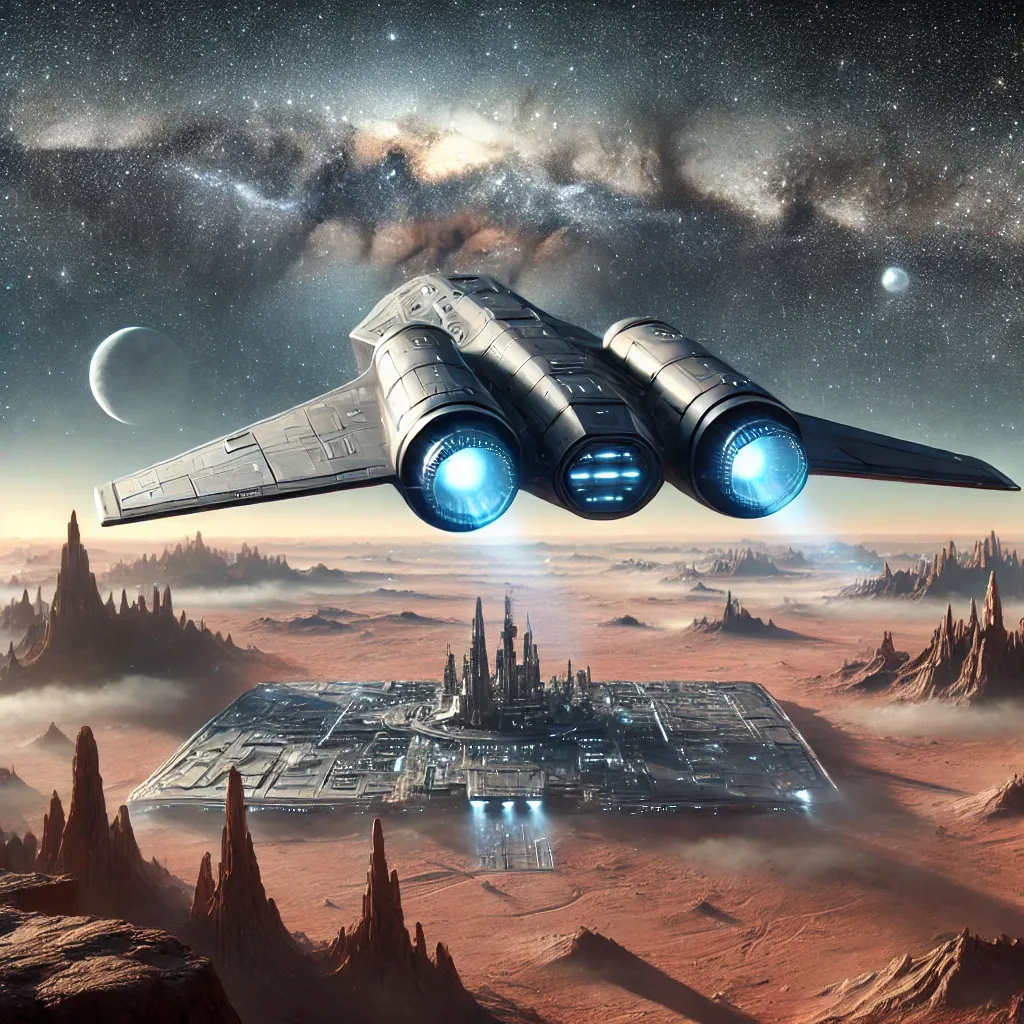Have you ever wondered what it would be like to explore the depths of space? From the thrill of spacecraft launching into orbit to the mysteries that the vast universe holds, space exploration captivates the imagination and pushes human limits. Dive into how spacecraft are transforming space missions, the endless potential of exploration, and why understanding the universe is more relevant than ever.
Spacecraft: The Engines of Human Curiosity
Spacecraft represent humanity’s bridge to the stars, enabling missions that explore both nearby planets and distant celestial bodies. These advanced machines are meticulously engineered to withstand extreme conditions, facilitating travel beyond Earth’s atmosphere and into the unknown.A spacecraft’s journey starts with a well-planned launch sequence. Propulsion systems send these vehicles into orbit, relying on solid or liquid fuel to achieve escape velocity. Beyond launch, spacecraft are equipped with advanced communication tools to maintain contact with ground stations. Their onboard sensors gather and transmit critical data about space environments, from planetary atmospheres to deep-space radiation levels.
- Modern spacecraft are designed for long-term missions, lasting several months or even years.
- They often include autonomous navigation systems to ensure mission success despite time delays in communication.
- Some spacecraft, like NASA’s Perseverance Rover, collect samples and conduct scientific experiments on-site.
- Reusability is becoming a major focus, with companies like SpaceX pioneering this technology.
- Crew capsules include life-support systems to provide astronauts with oxygen, water, and sustenance for extended missions.
Spacecraft enable humankind to reach destinations far beyond our planet, acting as scientific laboratories and exploration vessels that open doors to uncharted frontiers.
Space Exploration: Pioneering the Final Frontier
Exploring space is much more than just achieving a scientific goal; it is about expanding the boundaries of human knowledge and capability. For decades, space missions have pushed the limits, discovering new planets, searching for extraterrestrial life, and studying phenomena that deepen our understanding of the cosmos.Space agencies and private enterprises collaborate worldwide, sharing data and resources. Research areas include asteroid mining potential, the feasibility of Mars colonization, and the physics behind black holes. As technology evolves, even more ambitious projects—like space tourism—are becoming viable.
- Robotic missions have reached Mars, Venus, and even the moons of Jupiter.
- Probes like Voyager 1 and 2 have traveled beyond the solar system, transmitting valuable data.
- The James Webb Space Telescope offers unprecedented insight into galaxies far away.
- Private companies, such as Blue Origin and Virgin Galactic, aim to commercialize space travel.
- Collaborative programs like the Artemis Accords foster international partnerships for lunar exploration.
Space exploration has transformed from government-funded ventures to a diverse ecosystem involving both private companies and scientific institutions, ensuring progress in both technology and discovery.
The Universe: Understanding the Cosmic Canvas
The universe is an awe-inspiring realm filled with galaxies, stars, black holes, and cosmic wonders waiting to be uncovered. It is estimated to contain over two trillion galaxies, each harboring billions of stars and potentially habitable planets. However, the true scale and complexity of the universe remain largely a mystery.Astronomers and astrophysicists continuously study the universe to unlock its secrets. From theories about the Big Bang to the ongoing search for dark matter and energy, the study of the universe helps answer fundamental questions about existence. Understanding the nature of time, space, and gravity also has implications for technological advancements on Earth.
- Telescopes, both on the ground and in space, capture high-resolution images of distant galaxies.
- Observatories use radio waves and infrared sensors to map cosmic phenomena beyond visible light.
- Researchers seek to confirm the presence of exoplanets in habitable zones around distant stars.
- The concept of a multiverse suggests that our universe might be just one among many.
- Quantum physics and general relativity offer contrasting views on how the universe operates on different scales.
The more we learn about the universe, the more questions arise. This pursuit of knowledge drives scientists and researchers to continually explore and challenge existing theories.
Conclusion
Spacecraft, space exploration, and the universe are interconnected realms that together shape humanity’s future. As spacecraft technology advances, missions become bolder, expanding our knowledge of both our solar system and the vast universe beyond. Exploring these cosmic domains offers new possibilities for life, technology, and humanity’s role in the grand scheme of things.Carl Sagan once said, “Somewhere, something incredible is waiting to be known.” This sentiment encapsulates the spirit of discovery that fuels space exploration. By venturing into the unknown, we not only gain insight into the cosmos but also redefine what is possible for human achievement. Spacecraft are the vessels, space exploration is the journey, and the universe is the ultimate destination. Together, they inspire a sense of wonder and the drive to pursue what lies beyond the horizon.






